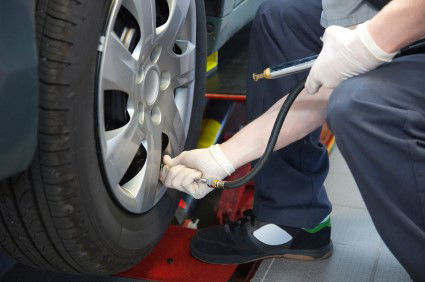6 Ways your car may be trying to warn you
6 Ways your car may be trying to warn you

Vehicles are more prepared than ever to detect issues before they become bigger problems. Understanding the signs and warnings your car is giving you will save both time and money and help you be a safe driver and avoid unnecessary distractions.
1 Warning lights
Most of the time warning lights are reminders for very minor maintenance items. Sensors for tire pressure or oil usually take very little effort to correct. Other warning lights such as “Check Engine” may require you to visit your mechanic for diagnosis.
2 Temperature Gauges
A vehicle requires a variety of fluids to work properly. Normally, these fluids will heat up while driving, and the temperature gauges will show a normal range for the temperature of the fluids to stay within. If you notice the gauges moving into the red it is time to get this diagnosed before it causes an expensive problem.
3 Fluid levels
Fluids such as engine coolant and power steering fluid can last for years. Oil can last thousands of miles. Changes in these fluid levels earlier than expected may indicate your engine is developing a problem. An occasional top off of such fluids is one thing, but if you regularly notice any of these fluid levels dropping below normal levels, schedule time for your mechanic to take a look.
4 Unusual Sounds
Engines have parts that may be moving at thousands of RPMs (revolutions per minute). Parts can easily wear over time due to friction. Friction will often make noise that may help you determine what and where the problem may be. Is the noise under the hood or does it seem to come from the wheels? Is it high-pitched like a squeak? Or is it lower like humming? These details can help a professional to properly address the issue.
5 Vibrations
Vibrations, such as the shaking of your steering wheel may reveal a wheel alignment issue or that the tires are out of balance. This type of shaking is normally felt between a particular range of highway speeds. Shaking of the car felt at very low speeds such as when coming to a stop may reveal weaknesses in one or more tires. Tire safety is essential to safe driving practices.
6 Fumes
The last thing you need while driving is to smell burning fumes. A sudden aroma of fumes may indicate a problem with hoses or connections within the engine. More visible signs of fumes such as smoke or very strong odors should be addressed immediately.
Our goal at NHSA is to help all drivers to be safe drivers. Check out our online driver’s ed courses that include parent-taught classes for teens seeking their learner’s permit as well as defensive driving and basic driver safety courses aimed at saving you money. We are here to help!
- 2023
- 2022
- 2021
- 2020
- 2019
- 2018
- 2017
